
La Ferme Exotique Animal & Nature Park, South Bordeaux
With over 1000 animals to meet, from around 75 different species, from the very smallest, all the way up to the largest breeding camels in France.
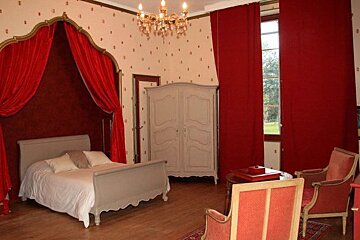
© Chateau La Moune
Located in the vineyards far from the main roads
Ideally located between cities and vineyards, Saint Emilion, Medoc, at 12 minutes of Bordeaux and 15 minutes of Saint Emilion, the Chateau La Moune will welcome you in a "cocooning" atmosphere.
Each room has its own universe respecting the Historical place. Le Château la Moune offers 4 bedrooms equipped with chimney, fridge bar, safe, desk, closet and a chest of drawers, TV, internet access and a shower or a bath.
This Chateau features a garden, an outdoor swimming pool, a spa, a fitness room and a ping pong table.

With over 1000 animals to meet, from around 75 different species, from the very smallest, all the way up to the largest breeding camels in France.

Created in 1989, the Golf du Médoc offers 2 remarkable 18-hole courses: Les Châteaux and Les Vignes.

As it passes through the oldest parts of Bordeaux, making the most of the landscape, the train takes you past the most famous places and monuments of the city.
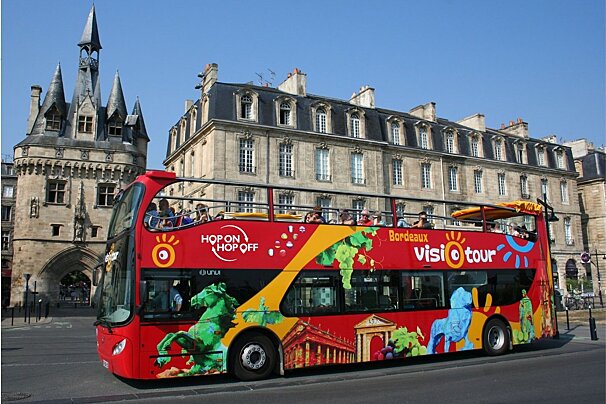
Take in Bordeaux’s historic landmarks and modern highlights on a hop-on hop-off double-decker bus tour with panoramic views and audio commentary for all ages.
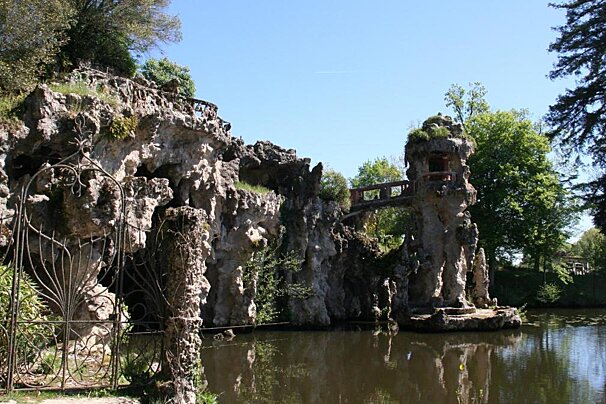
Labelled as a 'Jardin Remarquable' (remarkable garden) by the Ministry of Culture, this park originated in the 19th-century. Situated in rural Blanquefort, a 20 minute drive from the centre of Bordeaux.

Designed as a public green space in the 19th-century, this 28-hectare historical park is home to around 3000 trees, 1000 of which are more than a century old.
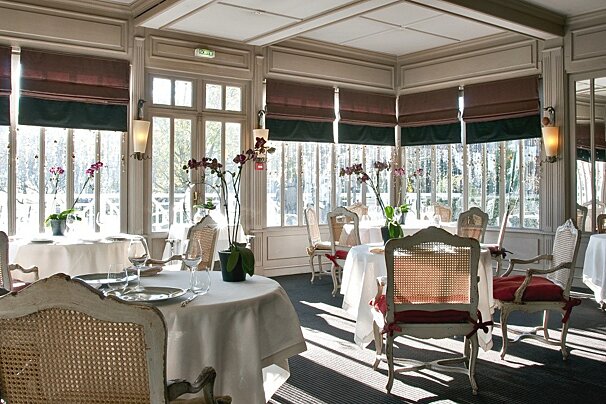
Chef Nicolas Masse offers in this restaurant a combination of traditional French cuisine, made with fresh seasonal ingredients from the southwest sourced from local producers, with unusual influences from all around the world. His creations can be paired with a large selection of wines, by the counsel of head sommelier Aurélien Farouil.

Situated in a gorgeous white stone townhouse built in the classical style of the late 19th century, this restaurant is part of the joint project of Bernard Magrez, owner of various wineries in the Bordeaux area, and Pierre Gagnaire.

Situated in the luxurious surroundings of Le Grand Hotel de Bordeaux, this restaurant offers diners an elegant yet intimate restaurant styled in a palette of mauve and orange with a handcrafted marquetry floor.

Featuring a simple and contemporary dining area, this restaurant serves French dishes revisited through the inspiration drawn from all around the world, especially Peru. The imaginative and surprising flavour combinations can also be enjoyed in a patio.

This charming restaurant serves a daily changing menu comprising traditional French dishes made with local fresh ingredients from the markets of Bordeaux. Its cute dining room is open to the kitchen, and there is a terrace in the building's patio.

Situated on the other side of the river from the main centre of Bordeaux, this restaurant offers a sophisticated twist on the classic French dishes. Their contemporary cuisine is paired with a wine list containing around 300 items.

This bar has an old-fashioned decoration that creates a very warm atmosphere. Their wine list includes many French references, as well as from other parts of the world. They can be enjoyed in their cosy interior or the patio, accompanied by selections of local delicatessen.

One of the best places to taste wines from the Bordeaux region. Located on the ground floor of the headquarters of the Conseil Interprofessionel du Vin de Bordeaux, the bar's team is very knowledgeable and passionate. They give tasting advice, extensive information on the grapes and suggestions for matching food and wine.

Situated at the foot of the historical Porte Cailhau, this bar has a list of more than 100 wines. They are focused on international products as well as some lesser-known wines from Bordeaux.
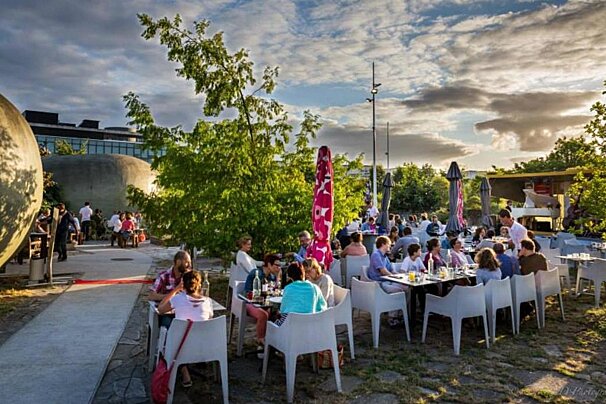
A diverse music programming that showcases some of the best local and national talent in jazz, music of the World, blues and many other expressions.

Centrally located, this bar offers a large selection of wines, especially French but also from other parts of the world. Customers can taste them through a self-service method, and they can be accompanied by regional delicatessen.
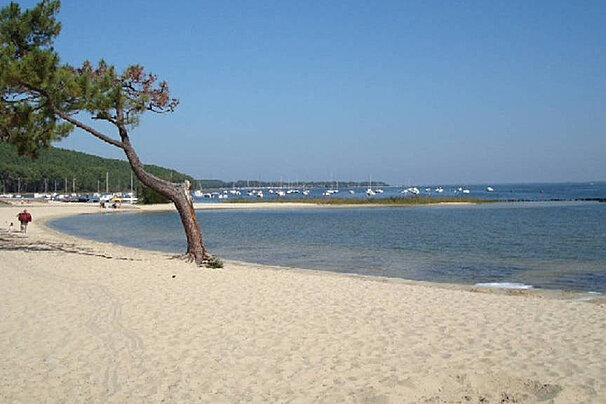
A protected natural reserve with wild marshes, sand dunes and pine forests, this huge body of water is perfect for outdoor activities such as sailing, swimming, water skiing, windsurfing, canoeing, fishing, kite surfing, paddle boarding, or walking and biking along the trails and cycle paths that line the shores of the lake.
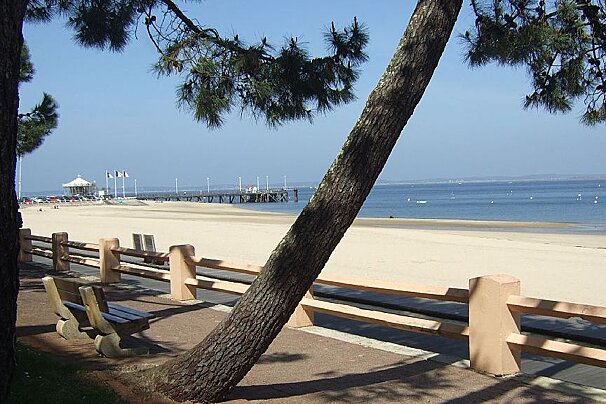
A small, peaceful and tranquil beach that is situated at the entrance to the marina and is the most sheltered of all the beaches around Arcachon due to its location within the basin.
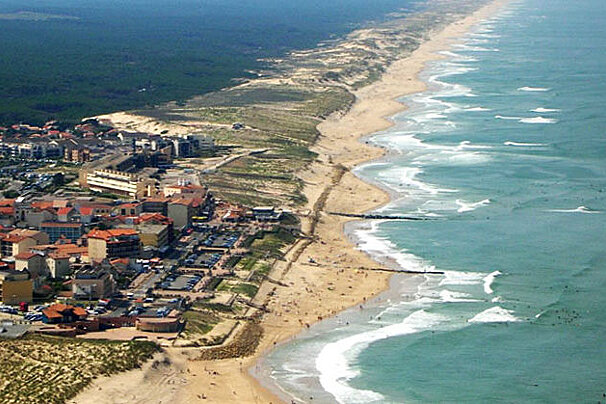
Over time, the wind and ocean currents have gradually created a wall of sand dunes, behind which streams and rivers have allowed the formation of lakes and freshwater ponds.
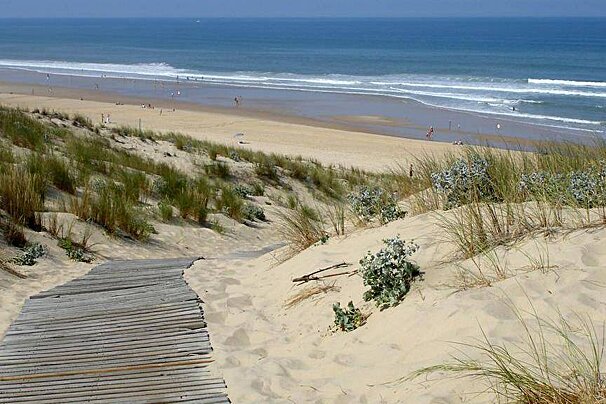
Le Porge beach is also known for its large waves and strong undertow, even if the rescuers are not far away, you must remain cautious as you would for many of the ocean beaches.
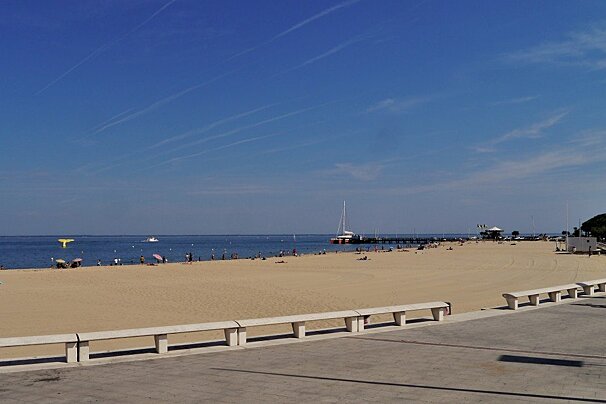
An 800m strip of white sand situated between the Theirs and Eyrac piers this beach is very much in the Arcachon basin and sheltered from the strong Altlantic winds on the coast.
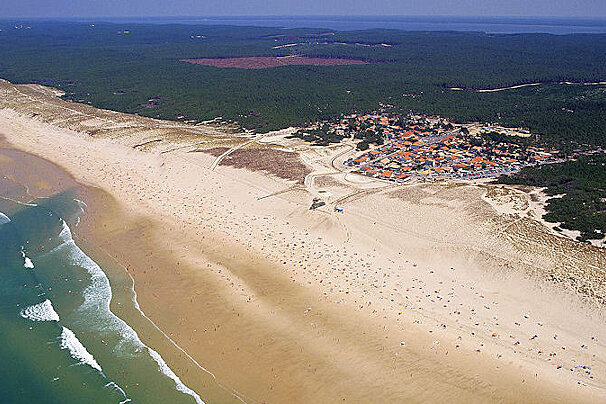
Backed by the small town of Carcans Océan, this white sand beach on the western Atlantic coast is a popular surf spot.
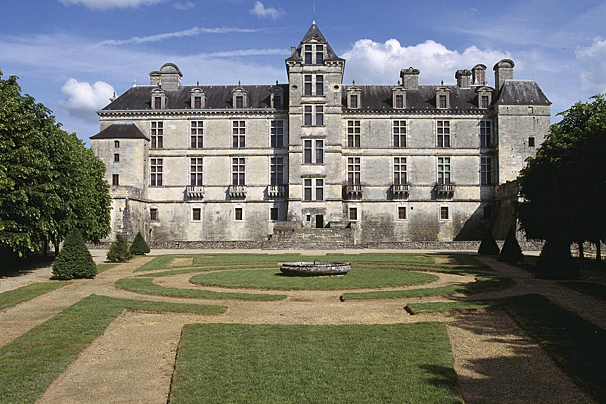
Built for the Duke of Epernon in the 16th century, this lavish château contained over 50 bedrooms!

The Cité du Vin whose doors opened on 1st June 2016, is an iconic architectural feature situated on the river. it offers a sensory and artistic journey allowing visitors to become familiar with the civilizations of the world of wine.
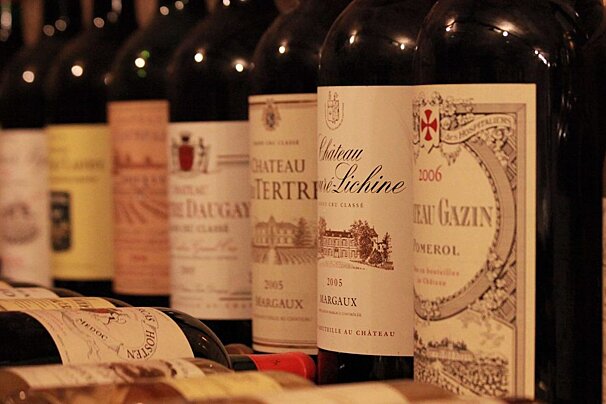
Museum located in an elegant and prestigious building, built around 1720 for the Irish merchant Francis Burke. Consisting of two parts, the first residential with several apartments and a façade adorned with a beautiful balcony, and the second and technical part where wines were matured and worked.
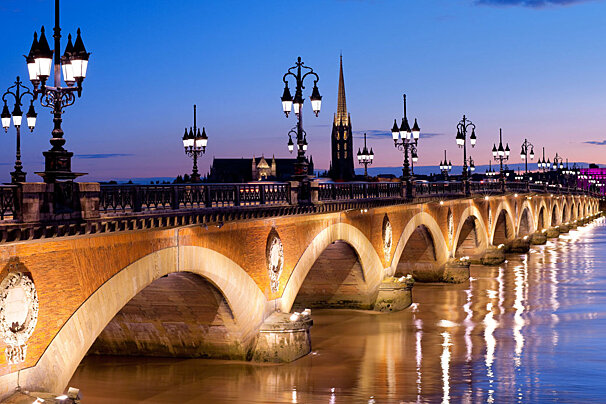
Crossing the Garonne river, the Pont de Pierre or "stone bridge" was the first to span this expanse of river in Bordeaux.

The existing Roman Catholic church was built in the late 11th and early 12th century in a Romanesque style. However, it is thought that the original Benedictine church was built at the request of Clovis, the Merovingian King in the 5th century.

Imposing on the Place Canteloupe in Bordeaux, this Gothic church took over 200 years to construct from the 14th to the 16th century.
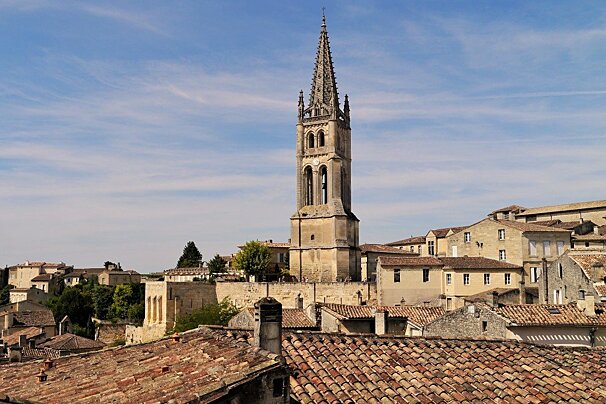
Vineyards were planted around this old town in Roman times and whilst most people associate the name with the wine, the town itself is worth a visit for its ramparted old centre with interesting Romanesque churches and an incredible underground monolithic church.

The small village of Margaux, just north of Bordeaux, is most famously associated with the wine châteaux which produce the excellent Margaux appellation Médoc wines.

You get a sense of this town's history as soon as you arrive, with are flags and coats of arms lining the roads that lead you to the main square.
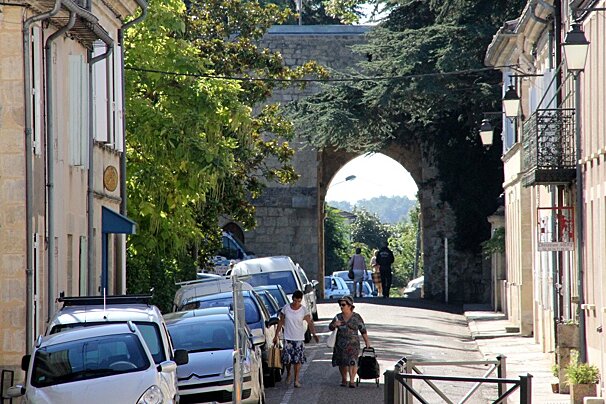
It has the typical square layout around a central market square that is common with towns of that time and they still hold a market there on Tuesday mornings. It's a good example of a bastide town; these towns were established mainly as commercial centres, encouraged by incentives set down in a charter.

The town of Blaye is situated on the right bank of the Gironde estuary. Its major historical feature is its fortified citadel, which along with Fort Médoc and Fort Paté make up a trio of fortresses designed to defend Bordeaux against a river attack.
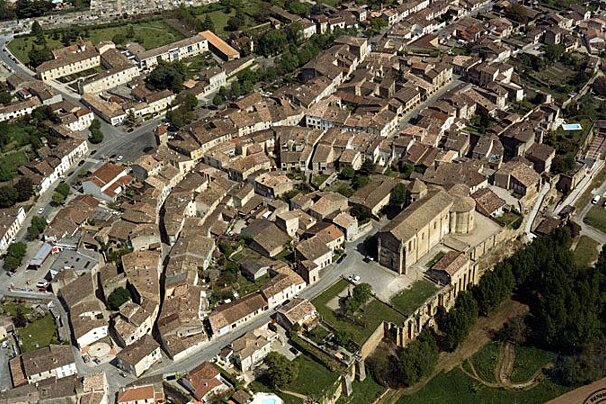
The pretty town of Saint-Macaire is a good base for seeing the area around Langon. It dates back to the 1st century AD and grew as a battlement town in the first half of the last millennium.